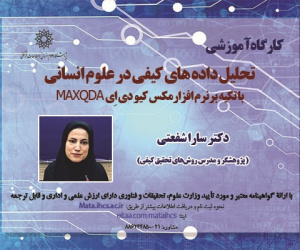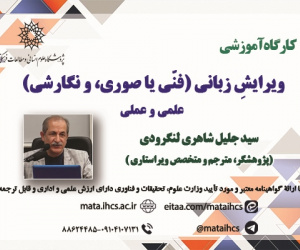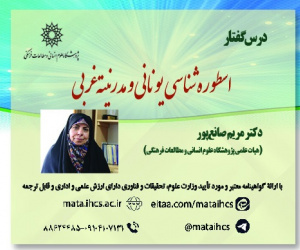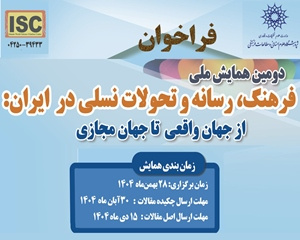مقایسه اثربخشی روایت درمانی و درمان هیجان مدار بر طرحواره های ناسازگار اولیه، تکانشگری و افسردگی در دانش آموزان دارای افکار خودکشی (مقاله علمی وزارت علوم)
درجه علمی: نشریه علمی (وزارت علوم)
آرشیو
چکیده
پژوهش حاضر با هدف مقایسه اثربخشی روایت درمانی و درمان هیجان مدار بر طرحواره های ناسازگار اولیه، تکانشگری و افسردگی در دانش آموزان دارای افکار خودکشی انجام شد. پژوهش حاضر نیمه آزمایشی و طرح پیش آزمون-پس آزمون با گروه کنترل بود. جامعه آماری این پژوهش، همه دانش آموزان پسر مقطع متوسطه دوره دوم منطقه 14 تهران، در سال تحصیلی 1402-1401 بود. نمونه گیری نیز به شیوه خوشه ای بود که براساس نقطه برش، 60 دانش آموز به صورت تصادفی در سه گروه( دو گروه ازمایشی و یک گروه کنترل) قرار داده شدند. ابزار پژوهش، پرسشنامه های طرحواره های ناسازگار اولیه یانگ، افسردگی بک، و مقیاس تکانشگری بارت، مداخلات روایت درمانی و مداخلات درمان هیجان مدار بود، که هرمداخله در 8 جلسه 90 دقیقه ای، هفته ای یک بار، به صورت گروهی اجرا شد. نتایج آزمون تحلیل کوواریانس در مرحله پس آزمون حاکی از تفاوت معنا داری اثرات هر دو مداخله در کاهش نمرات طرحواره ناسازگار اولیه، تکانشگری و افسردگی با گروه کنترل بود. هردو مداخله (روایت درمانی و درمان هیجان مدار) نشان دادند که اثربخش بوده اند؛ اما تفاوت معناداری میان دو مداخله مشاهده نشد. براین اساس، روایت درمانی و درمان هیجان مدار تأثیر مثبت بر کاهش طرحواره های ناسازگار اولیه، تکانشگری و افسردگی در دانش آموزان دارای افکار خودکشی داشته اند.Comparing the Effectiveness of Narrative Therapy and Emotion Focused Therapy on Primary Maladaptive Schemas, Impulsivity and Depression in Students with Suicidal Thoughts
The present study aimed to compare the effectiveness of narrative therapy and emotion-focused therapy on early maladaptive schemas, impulsivity, and depression among students with suicidal thoughts. The study employed a semi-experimental design with a pretest-posttest approach and a control group. The statistical population comprised all male high school students in District 14 of Tehran for the academic year 1402-1401. The sample was selected through cluster sampling, with 60 students randomly assigned to three groups (2 experimental groups, one control group, 20 peoples each), based on a cutoff point. The research instruments were included Young's Early Maladaptive Schemas Questionnaire, the Barratt Impulsivity Scale and the Beck Depression Inventory. Interventions were the narrative therapy and emotion-focused therapy (8 sessions of 90 mins, per week, each). The analysis of covariance results at the posttest stage indicated a significant difference of the meam scores between narrative therapy and emotion-focused therapy groups opposed to the control group. However, no significant difference was observed between the two interventions. Thus, both narrative therapy and emotion-focused therapy had a positive impact on reducing early maladaptive schemas, impulsivity, and depression among students with suicidal thoughts.








